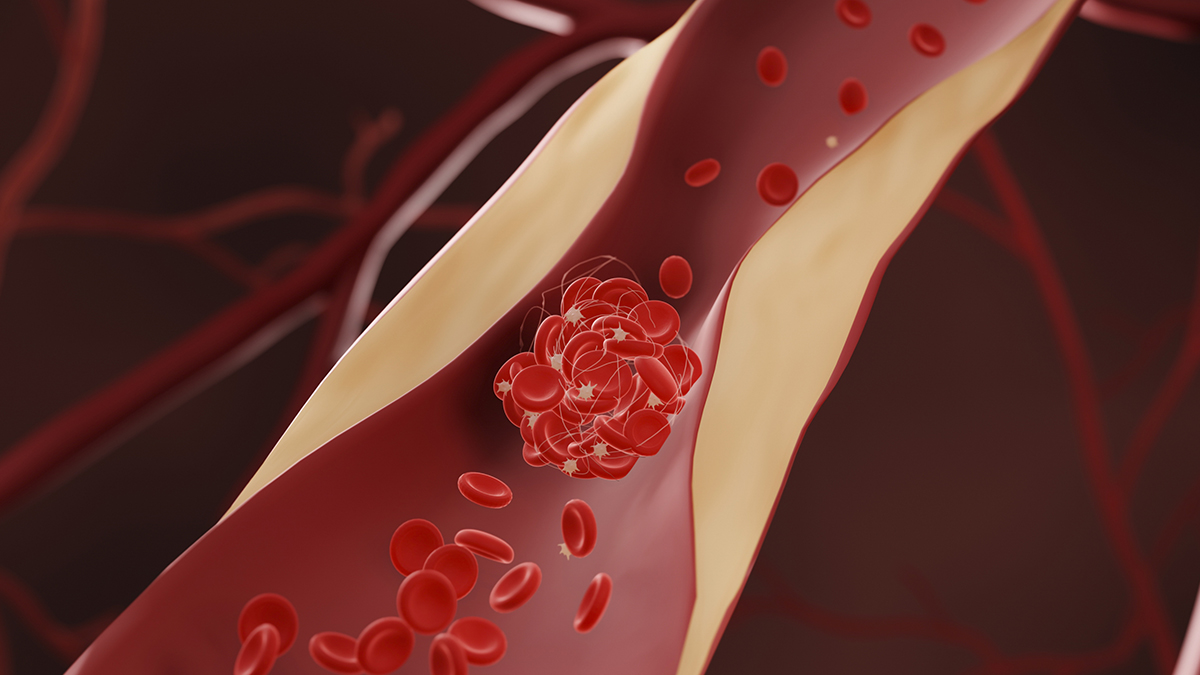A Rust no-std no-alloc LED control library.
For 1D , 2D , and soon 3D layouts.
Define your LED layout in 1D, 2D, or 3D space
Create your visual pattern (effect), or choose from our built-in patterns library
The pattern will compute colors for each LED based on its position
Setup a driver to send each frame of colors to your LEDs, using our built-in drivers library.
No-std, no-alloc : Designed for embedded targets.Spatial in 1D, 2D, or 3D : Map out the shape of your LEDs in space.Full color support : Supports modern and classic color spaces.Global settings : Control overall brightness and color correction.Desktop simulation : Simulate your LEDs on your desktop to play with ideas.RGB+W support : Supports RGB + White color channels
clockless : One-wire (only data, no clock)
WS2812B
clocked : Two-wire (data and clock)
APA102
If you want help to support a new chipset, make an issue !
Pattern (Effect) Library:
Rainbow Noise
If you want help to port a pattern from FastLED / WLED to Rust, make an issue !
If you want help to support a new target, make an issue !
To quickstart a project, see blinksy-quickstart-gledopto
To start using the library, see control .
For all examples, see:
Desktop Simulation: 2D Grid with Noise Pattern
Screencast.2025-05-19.11.59.44.avi.mp4
Click to see code
use blinksy:: {
layout:: { Shape2d , Vec2 } ,
layout2d,
patterns:: noise:: { noise_fns, Noise2d , NoiseParams } ,
ControlBuilder ,
} ;
use blinksy_desktop:: {
driver:: { Desktop , DesktopError } ,
time:: elapsed_in_ms,
} ;
use std:: { thread:: sleep, time:: Duration } ;
fn main ( ) {
layout2d ! (
Layout ,
[ Shape2d :: Grid {
start: Vec2 :: new( -1. , -1. ) ,
horizontal_end: Vec2 :: new( 1. , -1. ) ,
vertical_end: Vec2 :: new( -1. , 1. ) ,
horizontal_pixel_count: 16 ,
vertical_pixel_count: 16 ,
serpentine: true ,
} ]
) ;
let mut control = ControlBuilder :: new_2d ( )
. with_layout :: < Layout > ( )
. with_pattern :: < Noise2d < noise_fns:: Perlin > > ( NoiseParams {
..Default :: default ( )
} )
. with_driver ( Desktop :: new_2d :: < Layout > ( ) )
. build ( ) ;
loop {
if let Err ( DesktopError :: WindowClosed ) = control. tick ( elapsed_in_ms ( ) ) {
break ;
}
sleep ( Duration :: from_millis ( 16 ) ) ;
}
}
Embedded Gledopto: 2D APA102 Grid with Noise Pattern
VID20250401221726.mp4
Click to see code
#![ no_std]
#![ no_main]
use blinksy:: {
layout:: { Shape2d , Vec2 } ,
layout2d,
patterns:: noise:: { noise_fns, Noise2d , NoiseParams } ,
ControlBuilder ,
} ;
use gledopto:: { apa102, board, elapsed, main} ;
#[ main]
fn main ( ) -> ! {
let p = board ! ( ) ;
layout2d ! (
Layout ,
[ Shape2d :: Grid {
start: Vec2 :: new( -1. , -1. ) ,
horizontal_end: Vec2 :: new( 1. , -1. ) ,
vertical_end: Vec2 :: new( -1. , 1. ) ,
horizontal_pixel_count: 16 ,
vertical_pixel_count: 16 ,
serpentine: true ,
} ]
) ;
let mut control = ControlBuilder :: new_2d ( )
. with_layout :: < Layout > ( )
. with_pattern :: < Noise2d < noise_fns:: Perlin > > ( NoiseParams {
..Default :: default ( )
} )
. with_driver ( apa102 ! ( p) )
. build ( ) ;
control. set_brightness ( 0.1 ) ;
loop {
let elapsed_in_ms = elapsed ( ) . as_millis ( ) ;
control. tick ( elapsed_in_ms) . unwrap ( ) ;
}
}
Embedded Gledopto: 1D WS2812 Strip with Rainbow Pattern
VID20250327160955.mp4
Click to see code
#![ no_std]
#![ no_main]
use blinksy:: {
layout:: Layout1d ,
layout1d,
patterns:: rainbow:: { Rainbow , RainbowParams } ,
ControlBuilder ,
} ;
use gledopto:: { board, elapsed, main, ws2812} ;
#[ main]
fn main ( ) -> ! {
let p = board ! ( ) ;
layout1d ! ( Layout , 60 * 5 ) ;
let mut control = ControlBuilder :: new_1d ( )
. with_layout :: < Layout > ( )
. with_pattern :: < Rainbow > ( RainbowParams {
..Default :: default ( )
} )
. with_driver ( ws2812 ! ( p, Layout :: PIXEL_COUNT ) )
. build ( ) ;
control. set_brightness ( 0.2 ) ;
loop {
let elapsed_in_ms = elapsed ( ) . as_millis ( ) ;
control. tick ( elapsed_in_ms) . unwrap ( ) ;
}
}
Contributions are welcome! Please see CONTRIBUTING.md for details.
If you want to help, the best thing to do is use Blinksy for your own LED project, and share about your adventures.
Blinksy is licensed under the European Union Public License (EUPL)
You are free to use, modify, and share Blinksy freely. Whether for personal projects, art installations, or commercial products.
Only once you start distributing something based on changes to Blinksy, you must share any improvements back with the community by releasing your source code.
Unlike more viral copyleft licenses, you will not be required to release the source code for your entire project, only changes to Blinksy.
.png)










